The
Jing Daily Fashion Week Score#
evaluates a range of parameters to assess how a brand’s collection resonates with Chinese audiences. Shows have become a powerful tool for brands to speak directly to their fans, bypassing the filter once held by editors. This means fashion week now presents a major opportunity for brands to connect with the Chinese community and set the tone for the success of their collections.
For London Fashion Week Spring 2020, Jing Daily looks at brands who have a stake in the Chinese market and a few who stand to gain from heightened efforts. Powerhouses like Burberry and Ports 1961 were standouts, while Victoria Beckham and JW Anderson presented the most untapped potential. Simone Rocha, meanwhile, rose as a top contender among fresh brands making moves in the market.
The
Jing Daily Fashion Week Score#
is based on the following parameters:
- Model representation: evaluates representation of Chinese models on the runway.
- Digital impact: evaluates Chinese netizen reception and engagement on leading social media platforms including Weibo, WeChat, and Little Red Book.
- KOL & celebrity visibility: considers star power associated with the brand through strategic KOL and celebrity partnerships.
- Special brand efforts: considers special programs or efforts on a brand’s part to speak to the Chinese audience.
- Design context: a qualitative assessment of how the brand’s collection will speak to the Chinese audience based on current trends and preferences.
- Brand history: considers existing brand history in China, including overall presence, social reach, number of stores, earning trends and brand missteps.
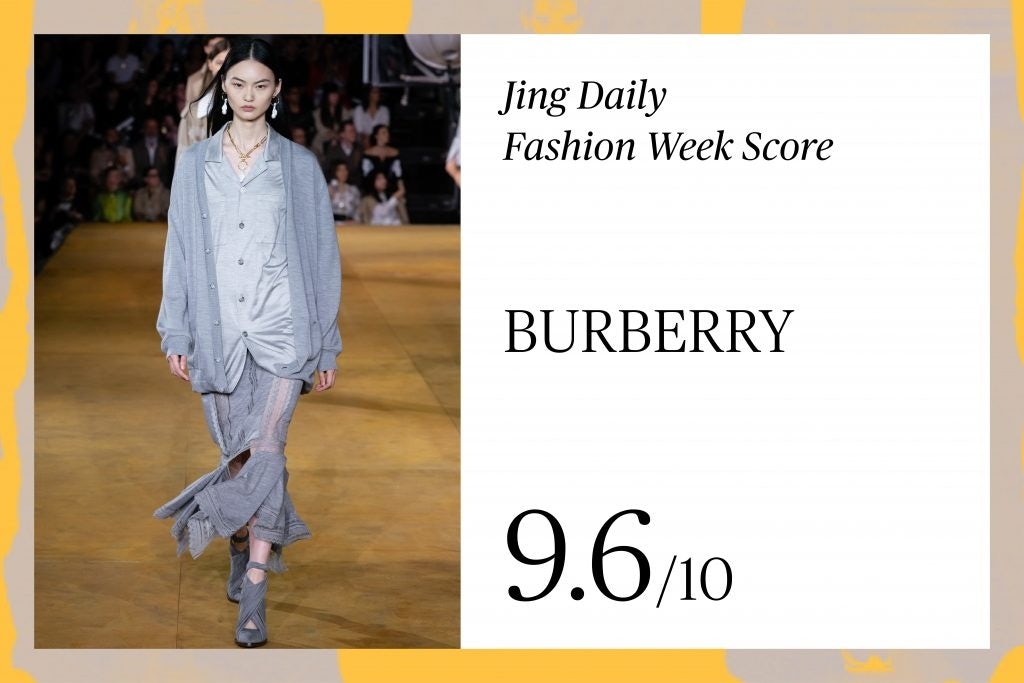
BURBERRY#
This season, Burberry adopted an active social media strategy for promoting its runway show and leveraged the star power of its brand ambassadors including famous Chinese singers Kun Chen, Chinese actress Dongyu Zhou, and Chinese famous rapper Lucas Huang. The three's Weibo followers add up to over 133 million, which is the largest combined celebrity reach of all brands so far. One single post by Kun Chen on Burberry's show on Weibo garnered over 70K engagement. Together, Burberry gained over 300K engagement on Weibo through its official account and the three brand ambassadors. In addition, the new collection's product is sold through WeChat's boutique for a limited 24 hours right after the runway show and is fervently welcomed by Chinese consumers. The WeChat limited-time boutique is an integral strategy of Burberry's B Series by Ricardo Tisci that drops limited edition products every month on the 17th. This month's B Series on WeChat will feature the new season's Lola Bag, which now is on preview edition of only 20 pieces available worldwide.
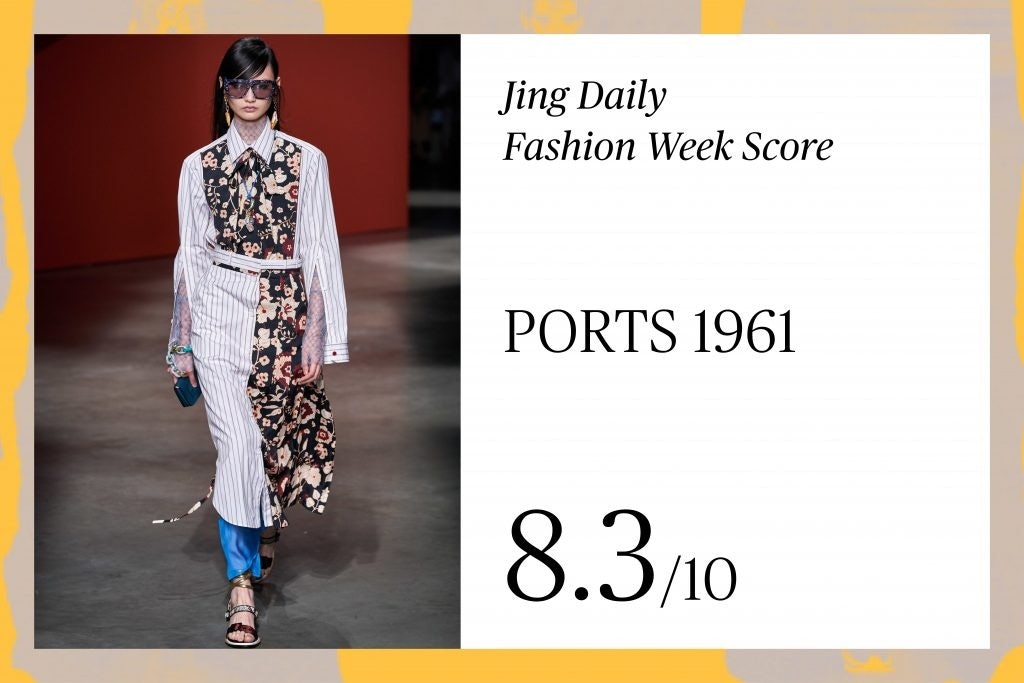
PORTS 1961#
Ports has a long history in China – part of the first wave of foreign brands that entered the market back in the '90s. The brand has an established presence in China with over 70 stores currently in operation. Ports 1961, their luxury womenswear label, took on a very active social media strategy for its Spring 2020 runway show, posting on Weibo four days ahead of the show and actively recapping the event all the way till 48 hours after the show. Collaborating with famous Chinese celebrity Qi Wei, the brand leveraged her 45million followers on Weibo and gained massive exposure. Additionally, Ports 1961 partnered up with Chinese fashion accounts and bloggers to recap the runway looks to diversify their exposure. The brand also marketed the show on WeChat's official account. However, model representation was lacking, with only 5% of models being Chinese.
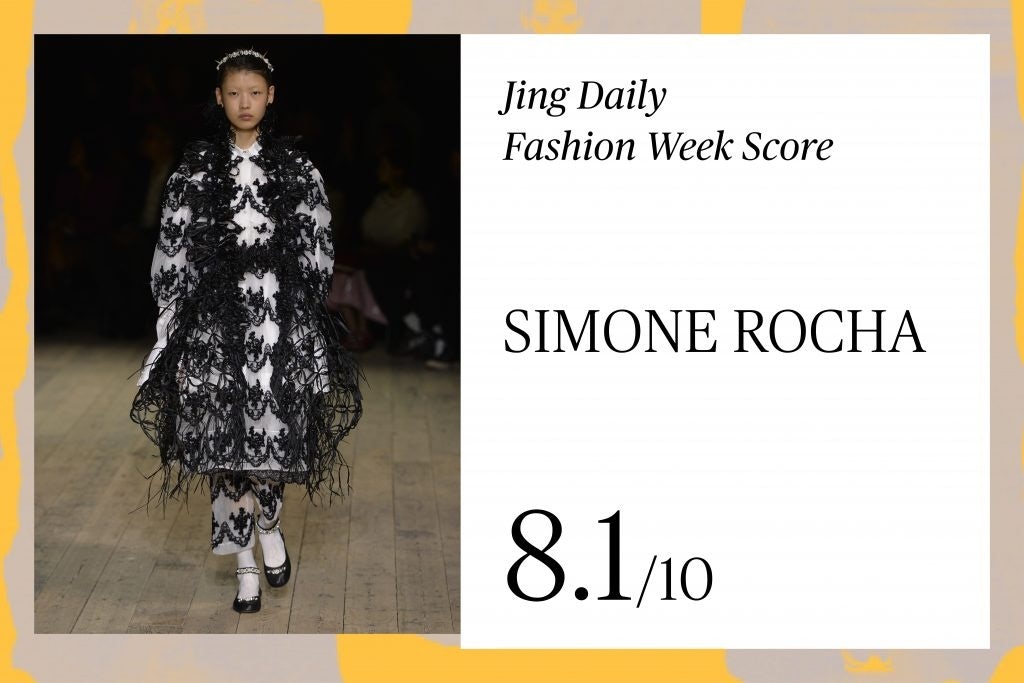
SIMONE ROCHA#
Simone Rocha is proving to be a top contender among new, smaller brands making moves to enter the Chinese market. The brand recently gained attention for its pearl accessories, attracting fashion-forward consumers. This season, the collection featured a look that incorporates Chinese blue-and-white porcelain. References to Chinese culture can always prove tricky, but in this case, consumers seemed to connect with the design language. Four big fashion bloggers in China buzzed about Simone Rocha's latest season, and their followings on Weibo add up to over 20 million. The brand has only recently launched its Weibo account in China and has a limited following, meaning brand discussion online is driven organically by Chinese netizens. With a long-term China strategy, Simone Rocha stands to gain higher recognition in the market.
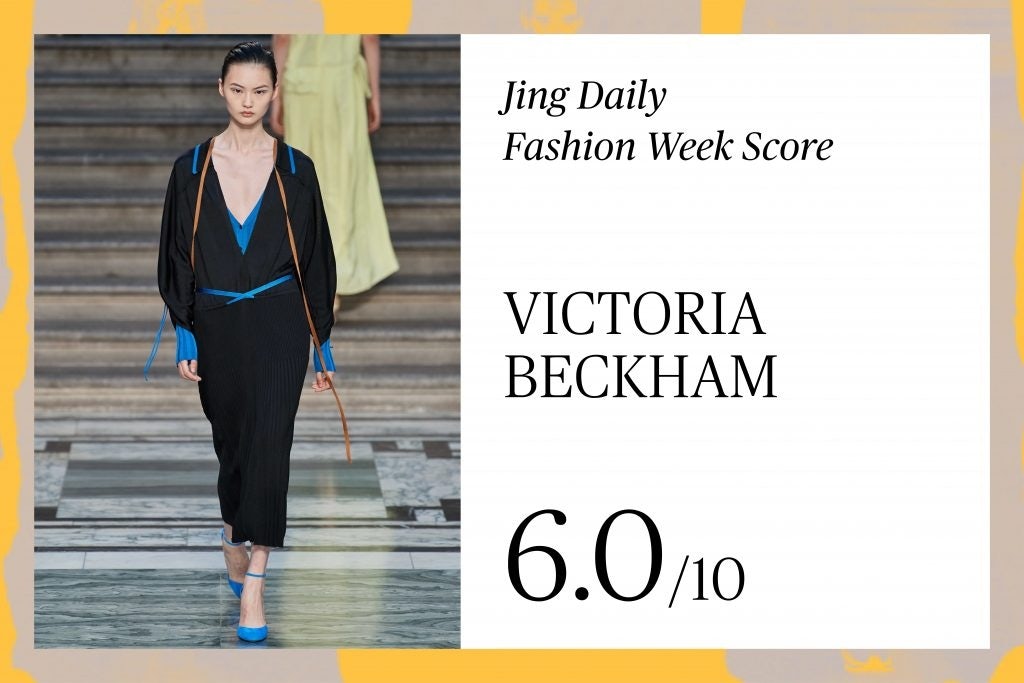
VICTORIA BECKHAM#
Victoria Beckham's star power resonates strongly in China. Her personal Weibo account has over 2 million followers and she has established herself as a household name, often looked to as a style icon. The brand's Spring 2020 collection received extensive coverage from fashion bloggers when compared to other brands of a similar size. However, the brand currently does not have an official presence in China, without any official social media accounts or stand-alone stores. The label is only available in multi-brand stores like Lane Crawford. In line with this strategy, Victoria Beckham's official Weibo account did not promote the show. Beckham's immense following, coupled with the organic conversation driven around the show, indicate that there is a missed opportunity for the brand to operate officially in China.

HUISHAN ZHANG#
Huishan Zhang's new collection incorporates plenty of Chinese elements and reflects the history of Shanghai. However, the brand did not actively promote its Spring 2020 runway show on any of its Chinese social media accounts. Chinese netizen engagement with the show was likewise very limited, with few users taking it upon themselves to discuss the show. While Huishan Zhang has become a highlight of London Fashion Week and consistently represents Chinese culture on a global stage, the brand does not necessarily have a larger following back in China. This discrepancy pinpoints a tension that follows Chinese creatives as they take their work abroad, faced with the challenge of building brand recognition overseas and back home.
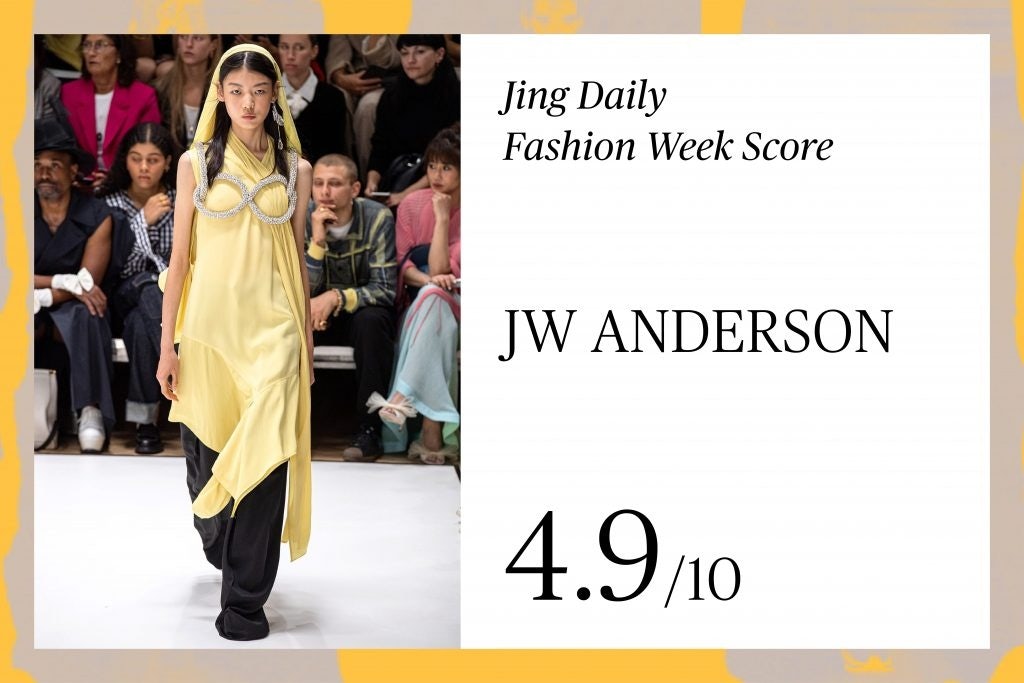
JW ANDERSON#
JW Anderson made efforts to engage with its Chinese family through Weibo but did not receive much attention from the Chinese netizens for this season's runway show. The brand posted 6 times on Weibo but each had very little engagement. The brand invited Chinese actress Chen Ran(陈燃) to the runway show, but her 2.2M followers did not appear to engage actively with the event. Her five posts related to JW Anderson's SS2020 show resulted in less than 1000 engagements on Weibo. JW Anderson could have tightened its strategy by being more strategic with Chinese influencers and KOLs invited to the show, granted that the brand has already made an impact on a lot of Chinese consumers. JW Anderson's "Cap Bag" recently gained attention on Chinese social media for its unique design, but also for its association with Liu Wen and Mr. Bag's promotion. Brands should aim to communicate their runway shows in a similar vein as they communicate new products. Many Chinese followers now care about more than just product and want to engage in a long term relationship with brands and their storytelling, making fashion shows a key moment.
